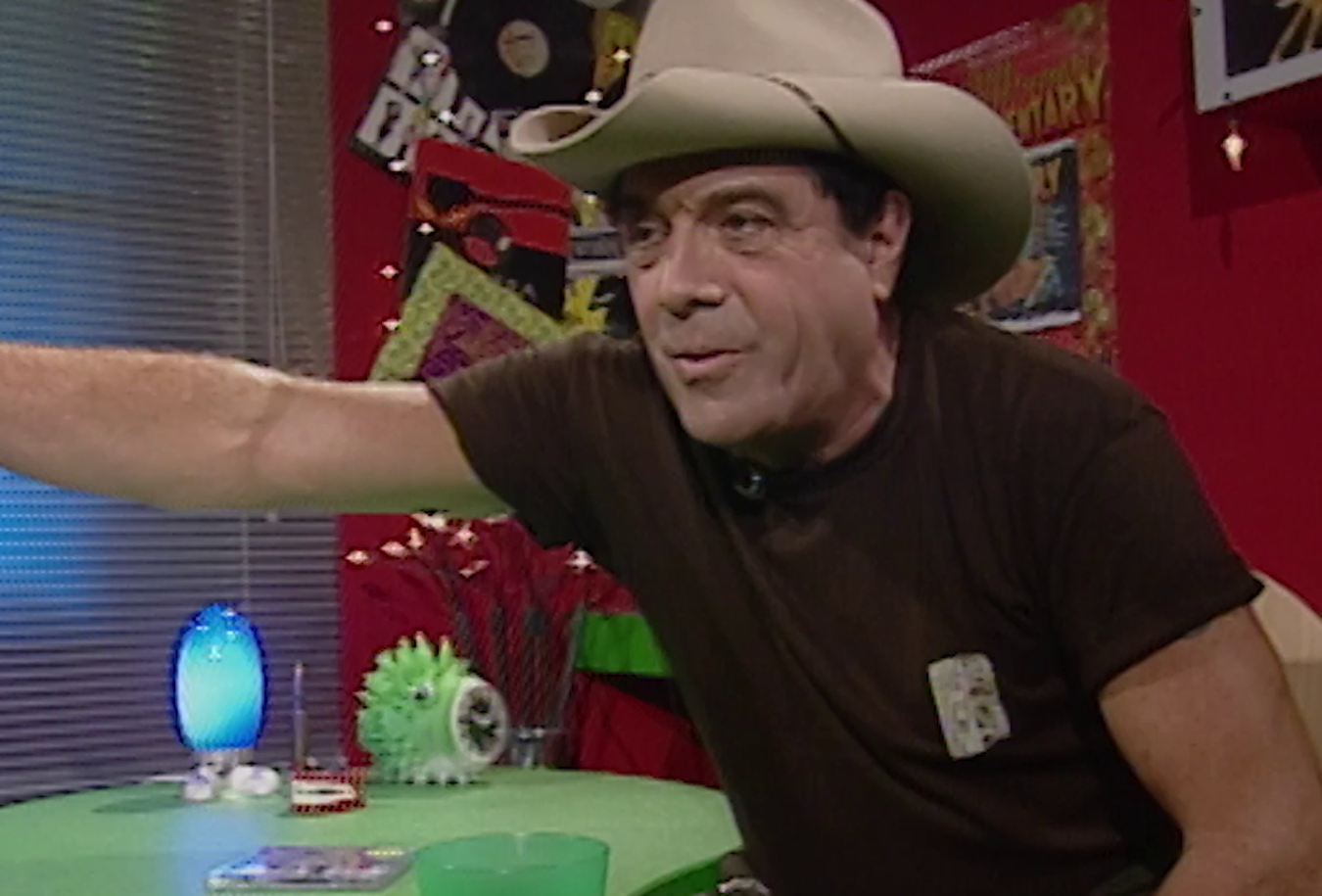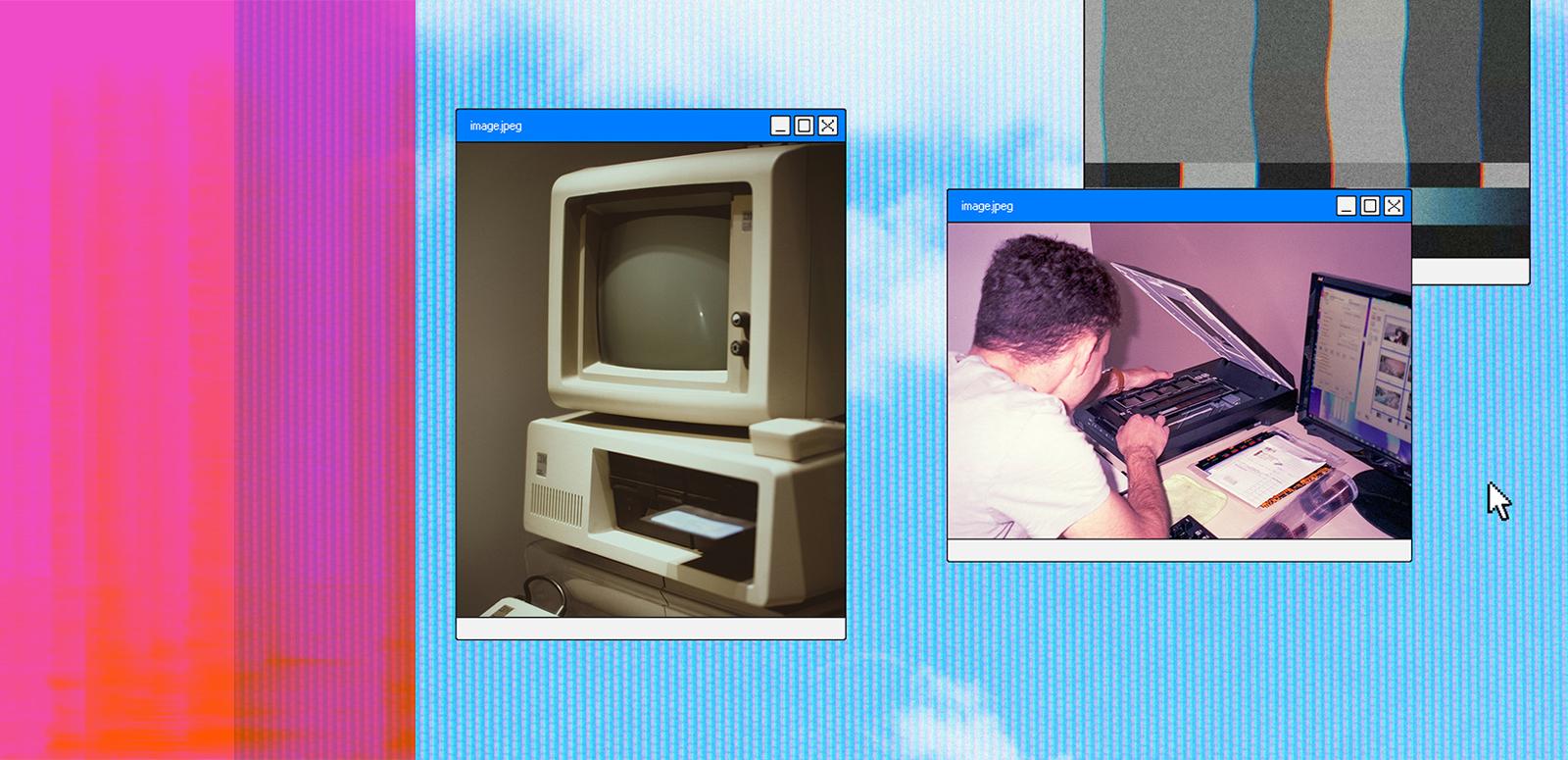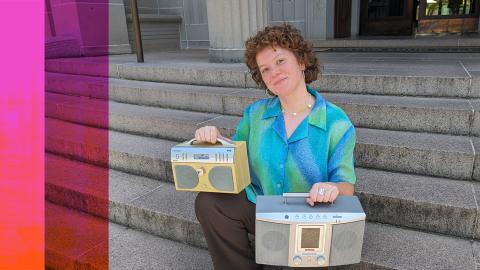Before Spotify and Apple Music, BigFatRadio pioneered the integration of music and the internet, echoing the audacity of early radio innovators. The Australian start-up launched in April 2000 with bold plans and bright young broadcasters, snatching headlines like 'BigFatRadio killed the radio star'. But they were a beat too early for the future. 'Being ahead of your time can be both advantageous and disadvantageous,' says co-founder Chris Gilbey.'In our case, it was the latter.'
This feature is part of the NFSA's Radio 100 celebrations.
Australia met the new millennium in a mood of giddy optimism, fuelled by Olympic fever, the dot-com boom and a feeling the future had finally arrived. In this atmosphere, Chris Gilbey and a group of music and entrepreneurial cohorts hatched an idea: what if radio and the internet met? BigFatRadio started webcasting in April 2000, with some of triple j’s brightest graduates beta-testing new ideas and new tech in real time. The problem? Overshooting an Information Superhighway that was still very much under construction. This is a little-known chapter in radio history, but its lessons are ripped straight from innovation’s grander narrative. BigFatRadio burned fast and bright, too early to fulfil its promise but uncannily predictive of what would come next.




